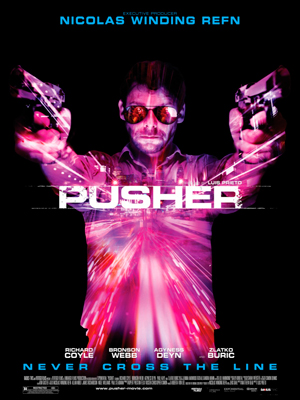 Pusher/2012/Radius TWC/87 min.
Pusher/2012/Radius TWC/87 min.
“Pusher,” by director Luis Prieto, is a fun romp through familiar territory. Maybe romp isn’t quite the right word, given that this is a drug dealer’s violent, watch-your-back world full of sketchy thugs with extremely bad teeth, gorgeous strung-out girls and vicious power-brokers with very short tempers.
Prieto’s movie is based on Nicolas Winding Refn’s 1996 Danish film trilogy, also called “Pusher.” Winding Refn, who captivated American audiences last year with “Drive” starring Ryan Gosling and Carey Mulligan, is executive producer here.
This “Pusher” follows a dealer named Frank (Richard Coyle) as he goes about his illegal business over the course of a week in his home base of London. (The original was set in Copenhagen.)
When a big sale is interrupted by the cops, Frank improvises and saves his skin. But now he owes a wad of cash to a supplier and he tries to cobble together the cash under a looming deadline.
The story, scripted by Matthew Read, is formulaic and doesn’t probe much beyond the surface. But there’s so much energetic camerawork and such assured performances that I had a good time immersing myself in the seedy, sleazy glitz of London’s SE1.
Coyle’s Frank likely tells himself that this too shall pass, that soon he’ll be done with dealing once and for all. Frank is exactly the kind of guy – smart, cocky, very cute and fully deluded – who thinks he can breeze through the badness and eventually live a different life. Emphasis on eventually. Did I mention he was very cute?
Just as interesting to watch is blonde glamazon Agyness Deyn as Flo, his dancer girlfriend; she brings a depth to the part that also signals mystery and muted pain. It is perhaps a little hard to buy that Frank would choose as his sidekick a chattery simpleton like Tony (Bronson Webb) but Tony comes from a long line of nervous, weasely, all-talk henchmen, most memorably played by classic film-noir great Elisha Cook, Jr.
Croatian-Danish actor Zlatko Burić plays Milo, the portly crime lord who happily juggles chats over buttery pastries with sending his boys to bash people’s knees in. Burić played the same role in the 1996 trilogy and he effortlessly nails the part.
“Pusher” isn’t the most original movie you could watch, but perfection isn’t everything. Look at the awkward, seemingly incompetent, sidekick thugs I mentioned above. Sometimes just being psycho is enough.
“Pusher” opens today in New York and LA (at the Sundance Sunset Cinema in West Hollywood). It is also available via video on demand.





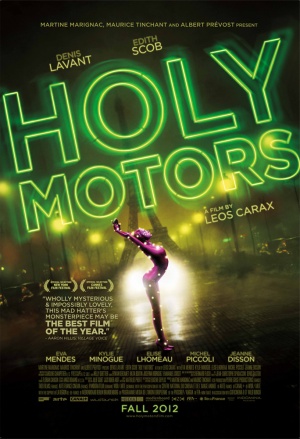
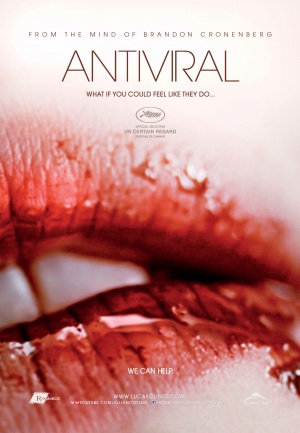
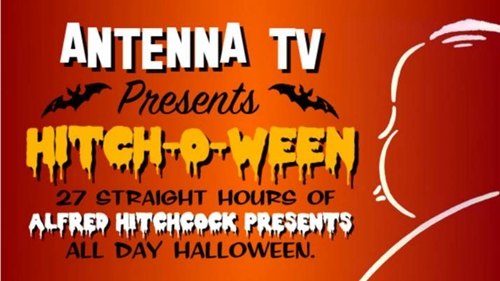
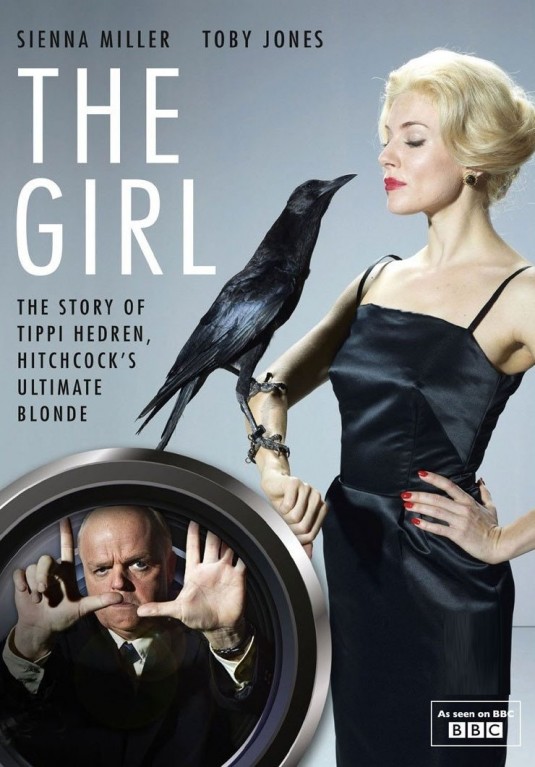
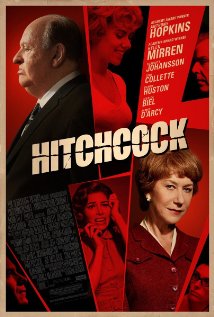
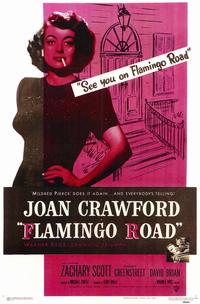
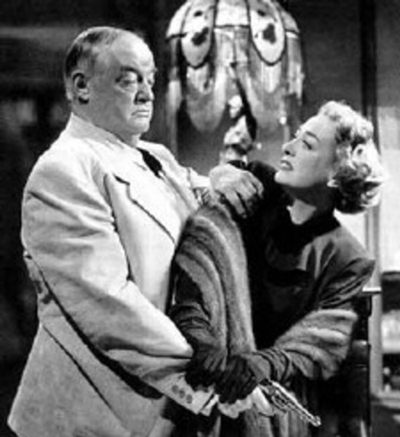
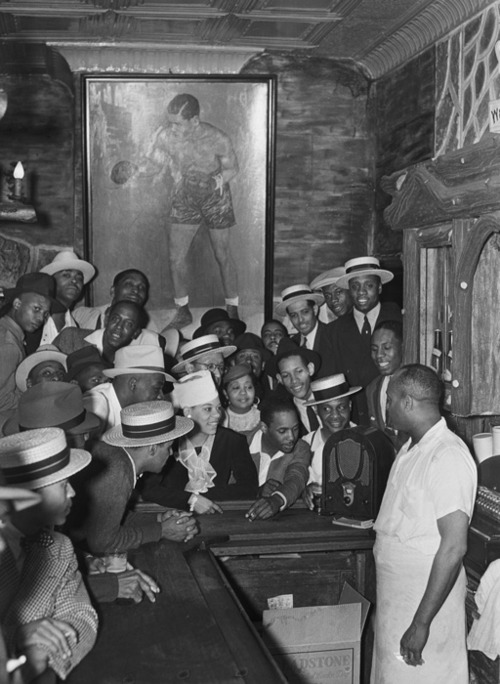
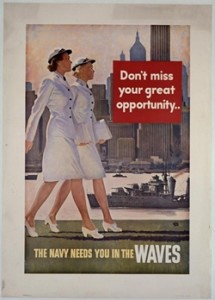
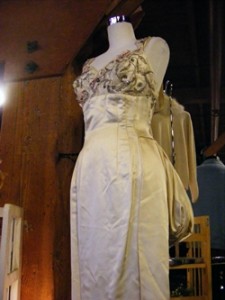

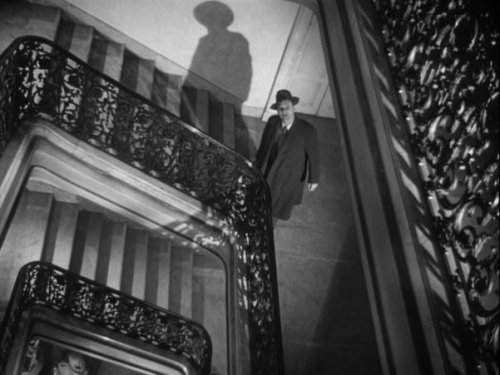
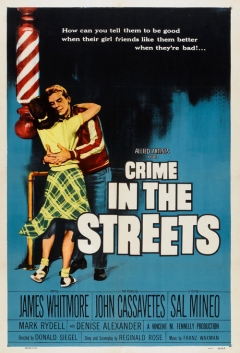
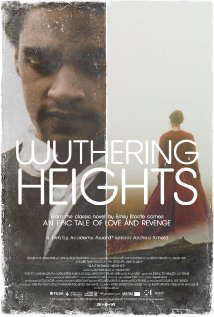
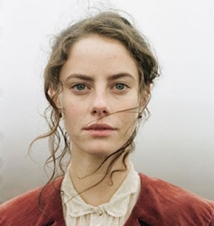
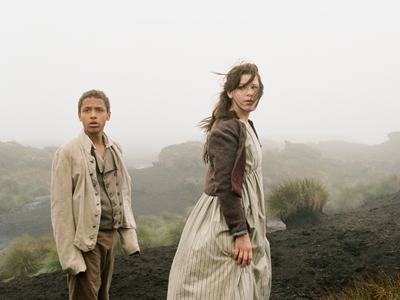
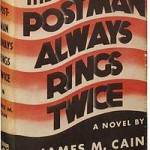
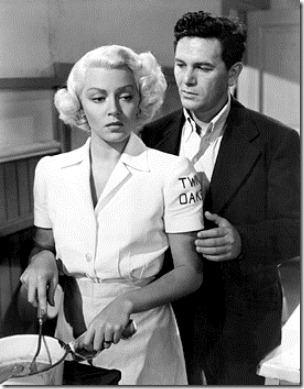
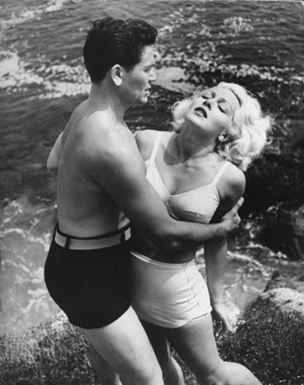
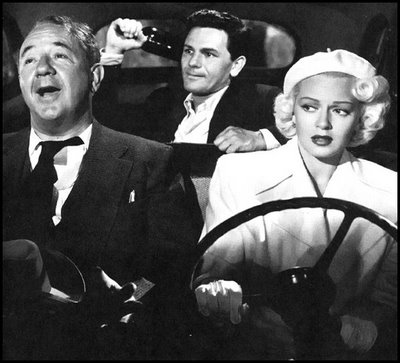
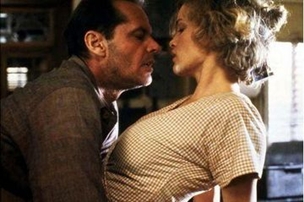





From FNB readers